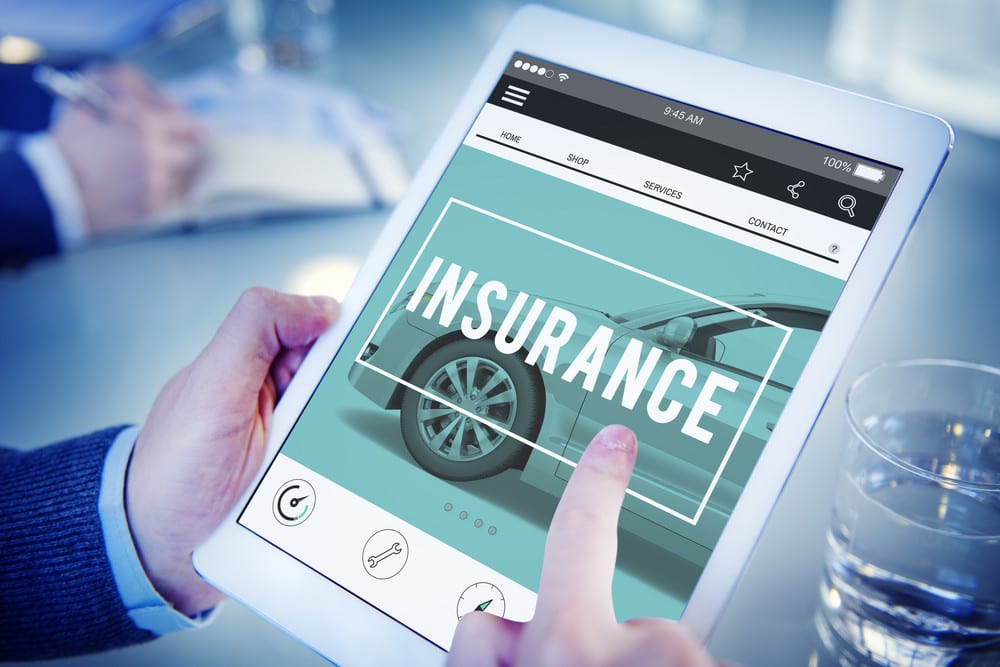

There’s no avoiding the fact that you need car insurance to own or operate a vehicle. Without it, any damage or liability would fall squarely on your shoulders as the offending driver and the financial burden would be devastating. Determining the best car insurance for you can be puzzling because you don’t want to leave a gap in your insurance where you will be vulnerable.
Most traditional car insurance policies are based on your past driving record and habits. Essentially, your track record of past behavior determines whether you get decent or abysmal insurance rates for the immediate and foreseeable future. If you’ve been in accidents, have traffic offenses that would be considered high risk, or don’t have the driving history to support low insurance rates, you will pay higher insurance premiums. If you’ve been accident-free and have many years of a clean driving record, your insurance rate decreases based on your perceived risk.
A few years ago, usage-based car insurance was introduced that changes the landscape of car insurance. With usage-based car insurance, also known as pay-as-you-drive or pay-how-you drive insurance, you pay for your current driving habits and conditions but primarily you pay for your car insurance based on how much you drive.
Factors of Usage-Based Car Insurance
Several car insurance providers now carry usage-based car insurance policies including Allstate, Metromile, and Progressive. Each insurer has their own set of criteria that allow for flexible policies to suit the individual. Factors include:
- Total distance driven based on odometer reading
- Total distance driven based on a telemetric input such as GPS or smartphone
- Speed of travel
- Time of day you are driving
- Risk factor of roadway
- Driving actions
Depending on the insurer and the type of policy you choose, the coverage can be as basic as the number of miles driven in a current month, or more complex, including any combination of the above factors.
Why Choose a Usage-Based Car Insurance Policy?
Compared with a traditional car insurance policy, usage-based car insurance can be beneficial to certain demographics. In a traditional policy, the number of miles you drive is of no consequence to the insurer. If you are someone who drives very little - someone who works from home, for example - it doesn’t make sense to pay the same amount for car insurance as someone who drives 60 miles each way through heavy interstate traffic to the office.
If your usage-based policy tracks where you are driving in addition to the distance driven, you’ll get a better rate for taking less risky roadways or parking in safer neighborhoods.
It allows the insurance company the ability to assign higher risk to the drivers who truly are at higher risk and to reward drivers who reduce the risk and drive less.
Who Should Choose Usage-Based Car Insurance?
Overall, if you drive less than 10,000 miles per year, you’ll probably save money with usage-based insurance over a traditional insurance policy. As well, if you live in an area with infrequent auto theft and vandalism and drive on streets with infrequent accidents, you should expect lower rates than a traditional policy.
Usage-based car insurance is still relatively new and is not available in many areas. Metropolitan centers are primarily served by these policies right now but the coverage is quickly expanding geographically as well as in the number of carriers.
How Usage-Based Car Insurance Works
If you’re thinking that you can bluff your way to savings with a usage-based car insurance policy, think again. Insurance companies offer the best rates to those who can prove their low-risk habits through telematics. That means either a GPS-enabled transmitter plugged into your on-board diagnostics port in your vehicle or tracking through your smartphone.
Drivers are still charged a “flat fee” or basic insurance rate plus a per-mile fee. The per-mile fee fluctuates based on the driver’s operation. For example, if a driver is speeding, they will be penalized for that. If a driver is obeying the speed limit in a quiet, low-risk neighborhood, they’ll receive a lower rate.
This style of car insurance is not without its problems, though. Telematics can determine when a driver is obeying the speed limit but can’t identify if that same driver is recklessly weaving through traffic while doing so.



